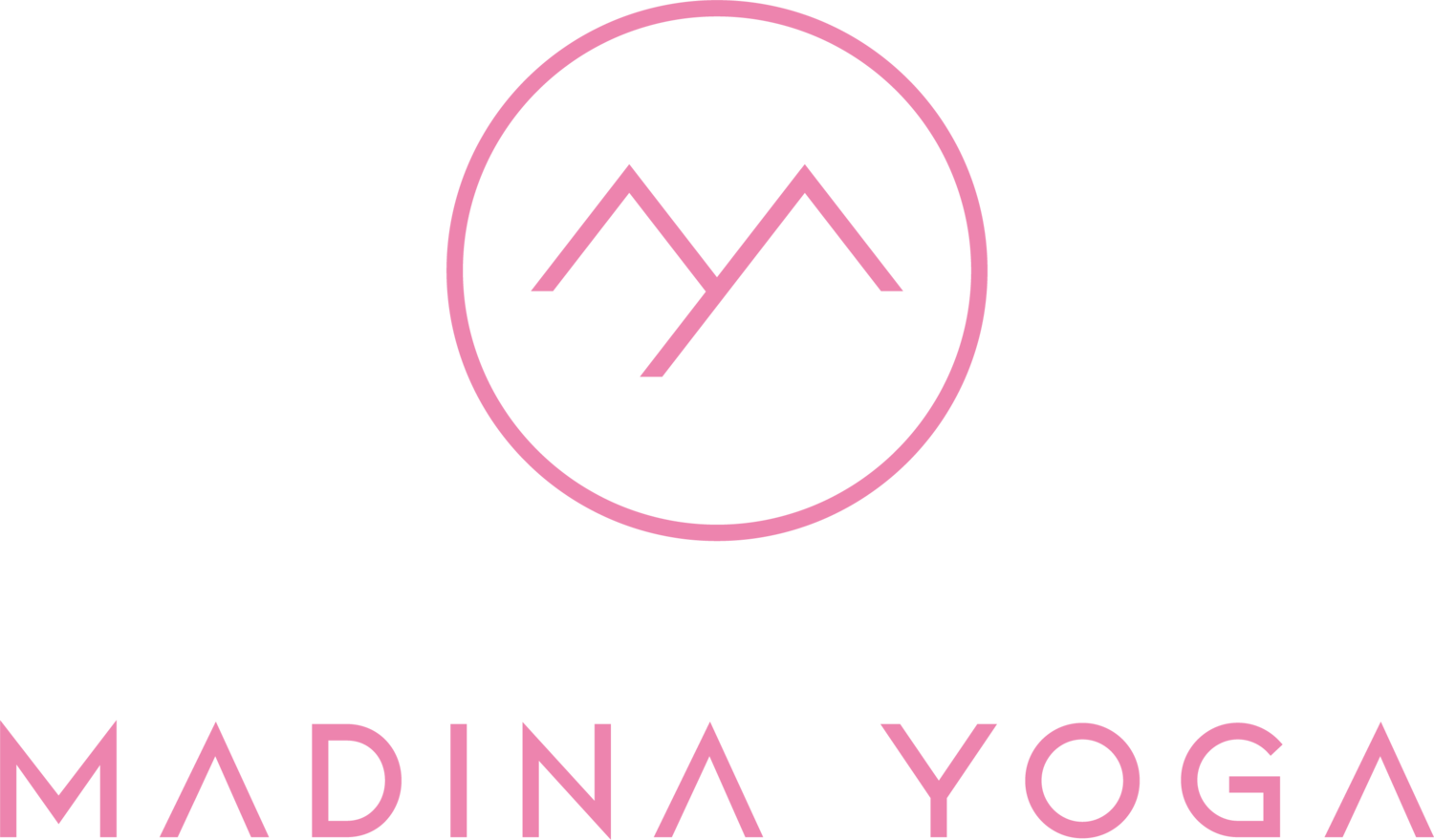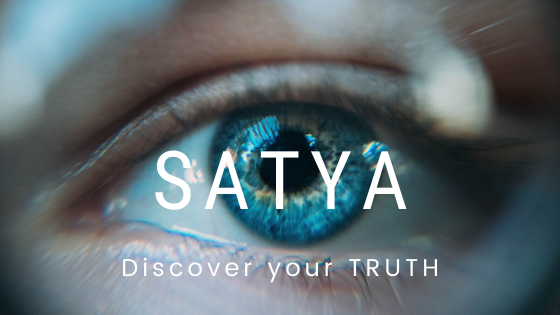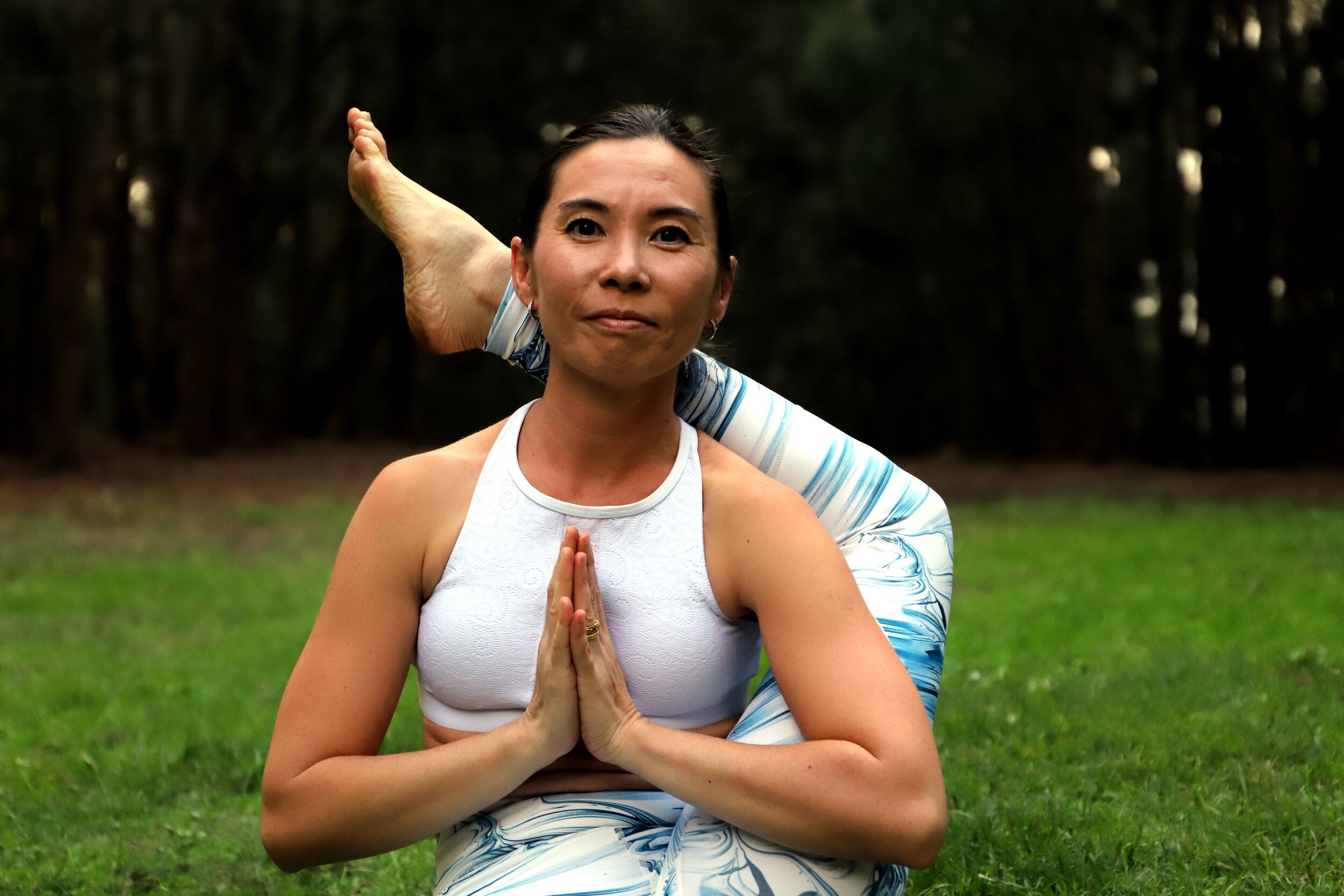Ashtanga Yoga, the 8-fold path as described in the Yoga Sutras of Patanjali, was the subject of my recent mentoring circle for the Sukha Mukha studio teachers in training.
Mentoring is very dear to my heart as I love inspiring others and supporting new yoga teachers on their path of transmitting yoga knowledge.
So Satya.
Beng the second of Yamas (control/restraints/behaviour conduct), Satya translates as “truthfulness” or being true to your heart.
We all know what truth is and why we are to adhere to it. Simple and very old knowledge.
So what about Satya from a teacher’s perspective?
For me personally, this answer changes constantly as I evolve in my personal practice and life.
In my early years, yoga was about overcoming physical limitations, it was about discipline, and religiously following the tradition. I believed in strict routines, achieving poses, following my teacher’s advice unquestionably.
Today, however, my physical practice doesn’t look as fancy and advanced and I am more interested in being connected with the source. I call it the Universal Database - a beautiful vast field of energy I plug into as I sit in meditation.
As for asana, I am keen to understand how to practice posture in a healthy and conducive way. Anatomy is my passion and in my personal practice, I keep refining alignment by the curious investigation.
Try that for yourself.
Get into a pose and notice where do you carry most tension while performing it?
Can you find a way of easying that tension? Maybe by shifting the centre of gravity, by bending a knee, changing a foot placement, or by playing with your pelvis position.
Notice your breath: can you inhale and exhale properly? If not - search for the best alignment in the pose that will allow for that long and meaningful inhalation.
Then I go into a class and I teach my findings and I observe my students. I’m excited to see when my cues work for some and I am keen to understand why they don’t for others.
When our teaching is a true reflection of our practice, there is less conflict and confusion about our direction, study choices, and evolution.
In the age of social media, it’s easy to get lost in other people’s truths. We see beautiful inspiring images and successful accounts. While for some, yoga is their handstand practice, for us it might not be the case. So before getting obsessed with arm balances, ask yourself - is that really your truth?
One more very important question we can ask ourselves is: why we do this? What’s the motivation behind teaching yoga? What are we trying to achieve through that, what are our aspirations as yoga teachers?
As for me, yoga is a way to serve the Universal Database, to help this creation be a better place for everyone. Each time I walk into a class my biggest aspiration is to help students feel better, and hopefully, one day plug into the Universal Database and understand Unity.
About the author:
Madina is a Sydney-based senior yoga teacher and mentor. She helps yoga teachers find their true calling in yoga, refine their teaching skills, and develop personal programs.


